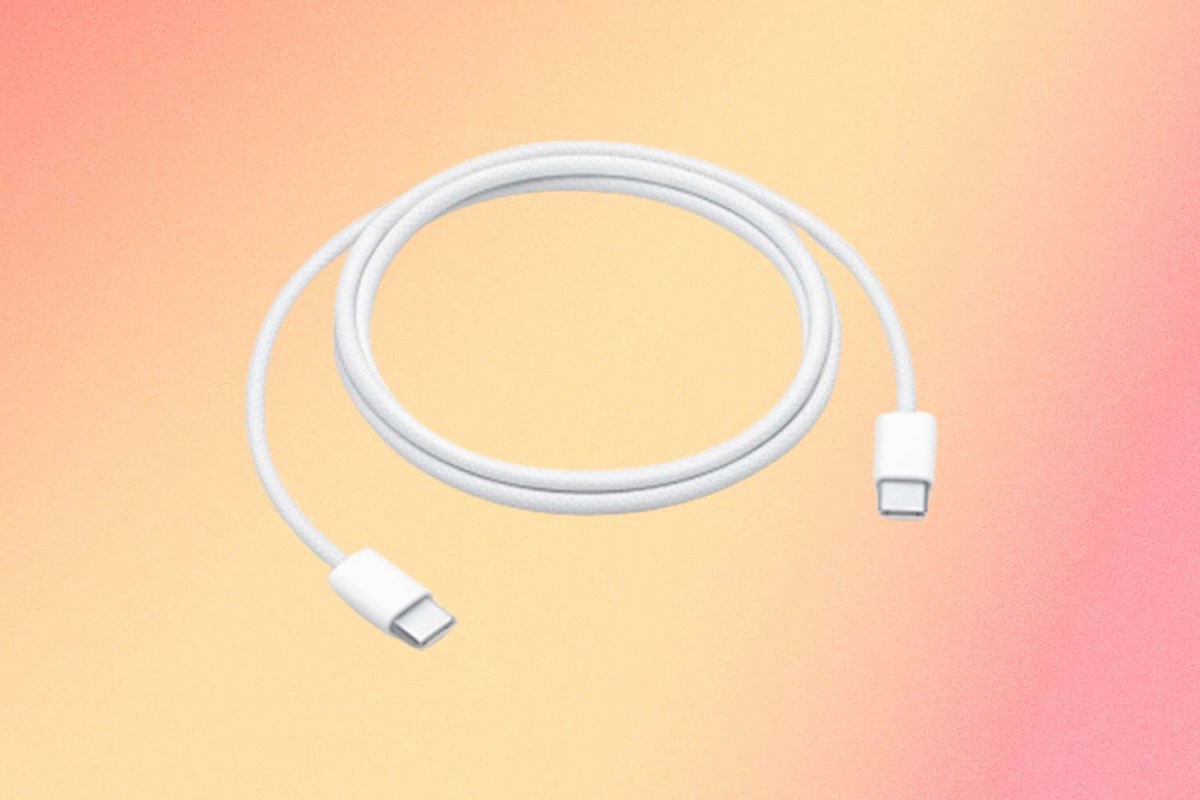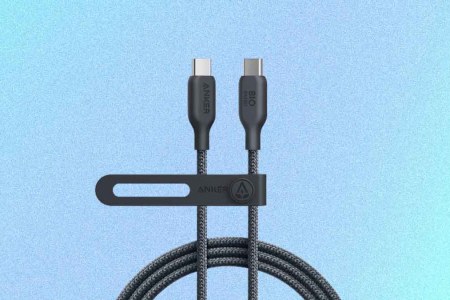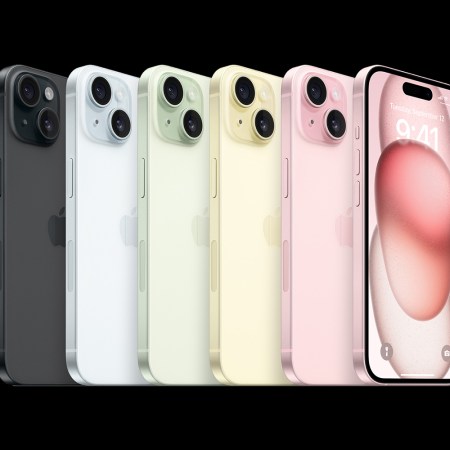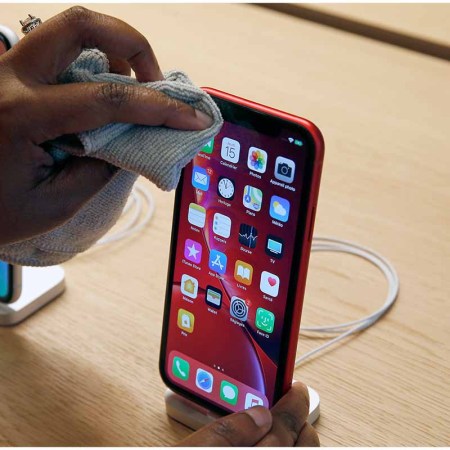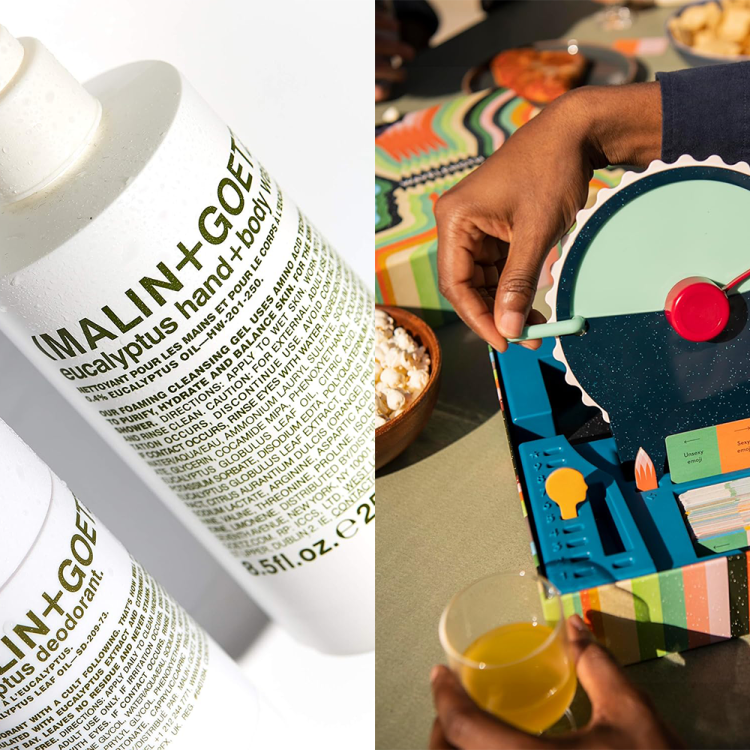Stop me if you’ve heard this before: Apple debuts a new product, then they release some accessories for the product that, while nice, have an extremely inflated price point. (Remember the $19 polishing cloth?)
With the new iPhone 15 utilizing a USB-C connector, Apple is going to want a piece of all that new charging cable money. So the company is now selling a one-meter 60W USB-C Charge Cable for $19, and a two-meter 240W USB-C Charge Cable for $29.
Forget Apple: Here Are 5 Inexpensive USB-C Cable Options
Getting a new iPhone 15? There are plenty of high-quality, low-priced options for USB-C cords.That seems pricey. Sure, the products are “woven” (so plenty durable and aren’t likely to tangle) and offer good data speeds and charging prowess. But that premium is unnecessary. “The new 240W USB-C Charge Cable is overkill for basically everything Apple — or anybody else — makes in 2023,” writes AppleInsider. “Worse, it is only capable of USB 2.0 transfer speeds, which top out at 480Mbps. That price is ridiculous for that combo.”
Now, Apple made the change to USB-C not to get more money, but because they were basically pressured into it via European Union regulations. Still, that doesn’t mean you need to spend a premium for Apple-branded gear to go with your Apple products. There are hundreds of cheaper USB-C options out there.
One possible reason to stick with Apple? A lot of cheaper USB-C connectors lack protection for, say, power fluctuations. But there are plenty of brands that offer high-quality cords for a cheaper price. Brian X. Chen at The New York Times suggests buying those cords directly from brands like Anker, Belkin or Amazon Basics, where you can probably find something for as little as $9 (or, admittedly, up to $30).
And as we mentioned before, Apple knows what they’re doing. They’re probably ending a price in 9 due to something called “charm pricing,” and it’s a common retail practice. It’s been backed up by research from the University of Chicago and MIT, which noted that the “use of a $9 price ending increased demand” in three different experiments, even if the “9” priced item is a bit more expensive.
Thanks for reading InsideHook. Sign up for our daily newsletter and be in the know.
